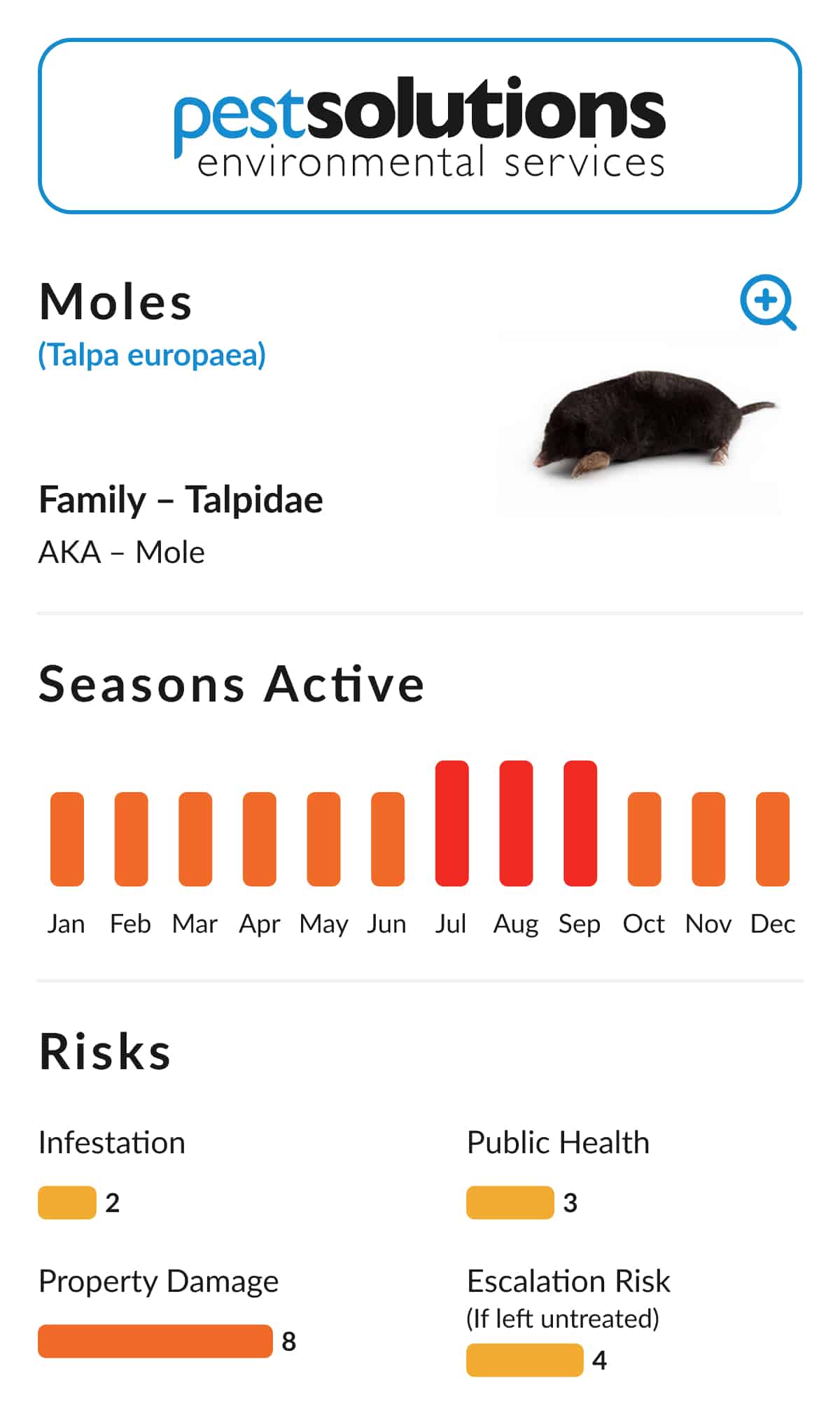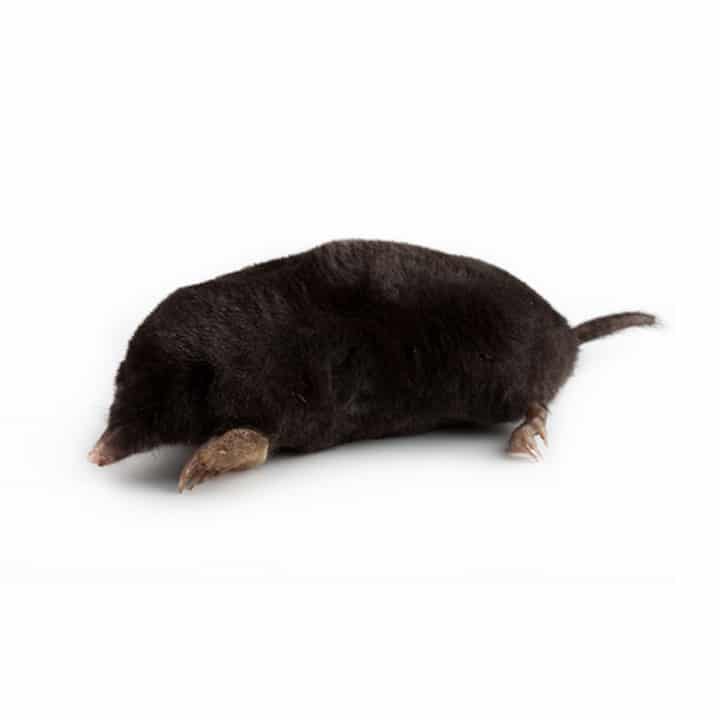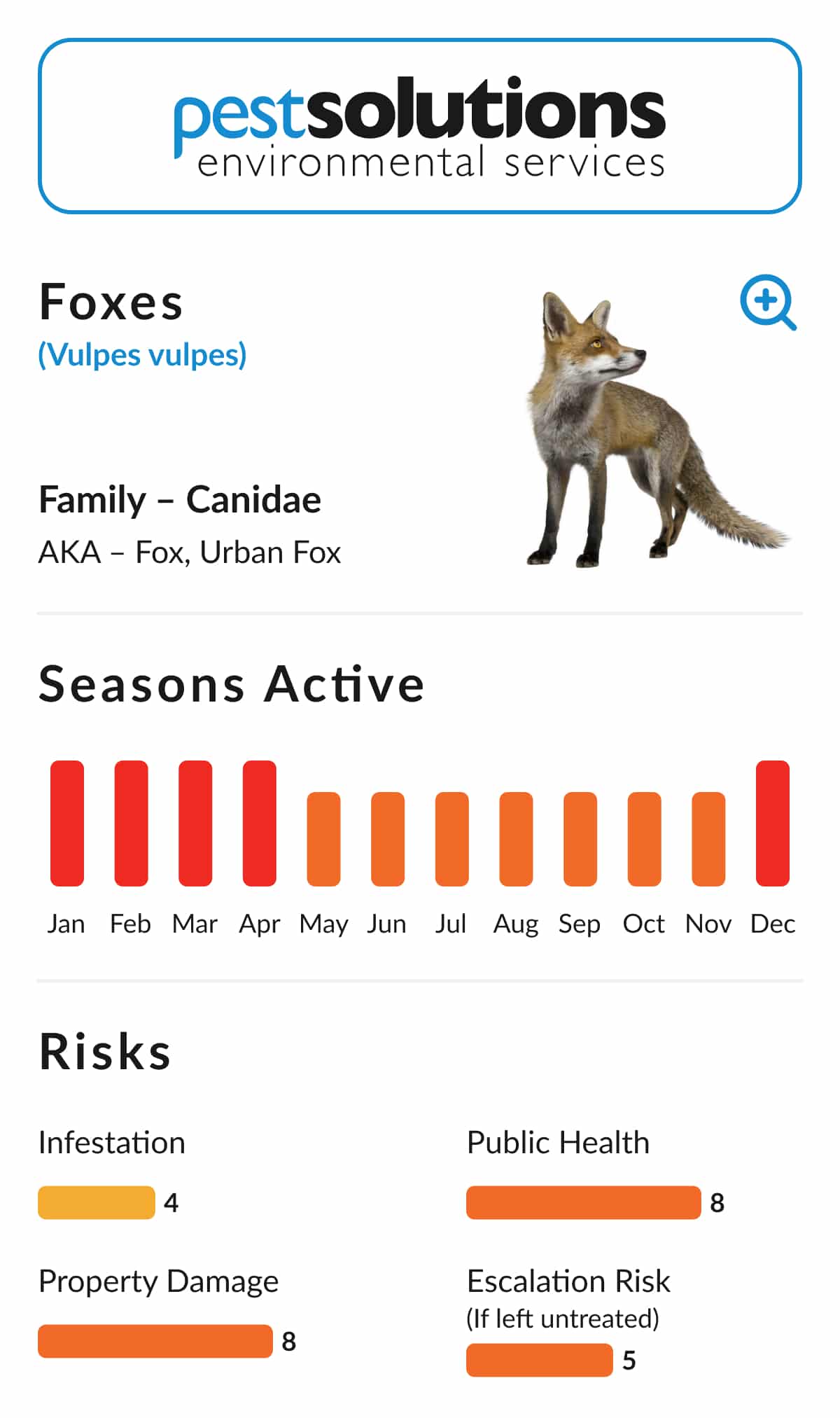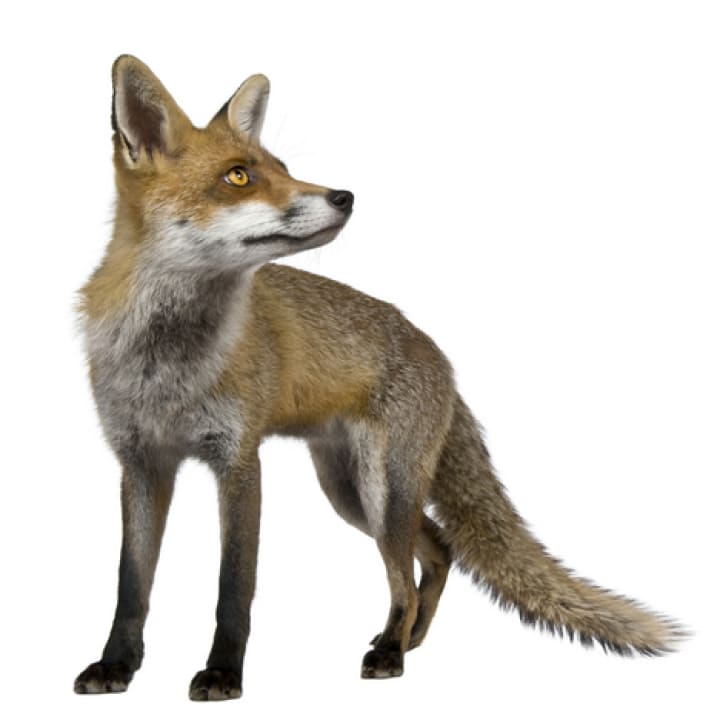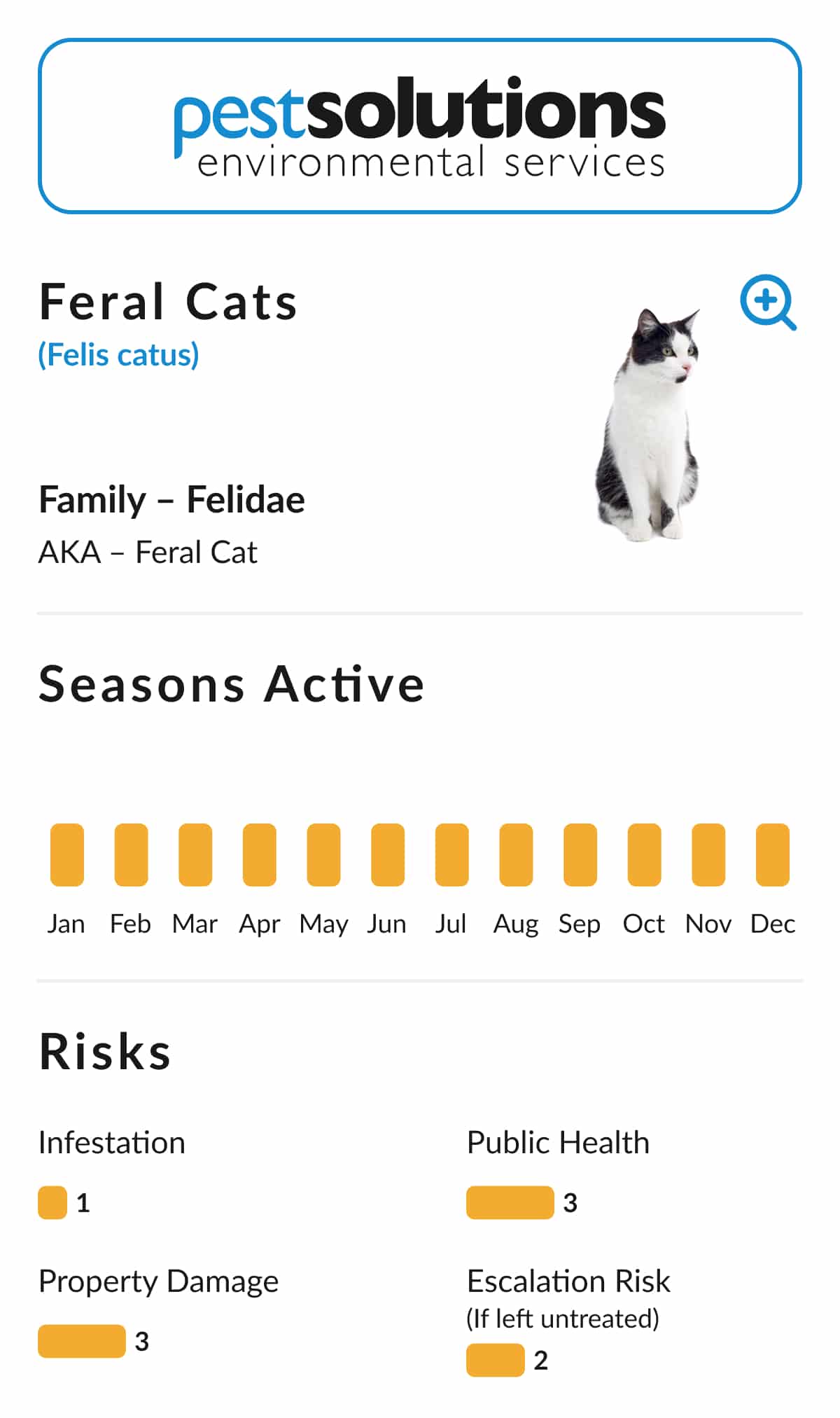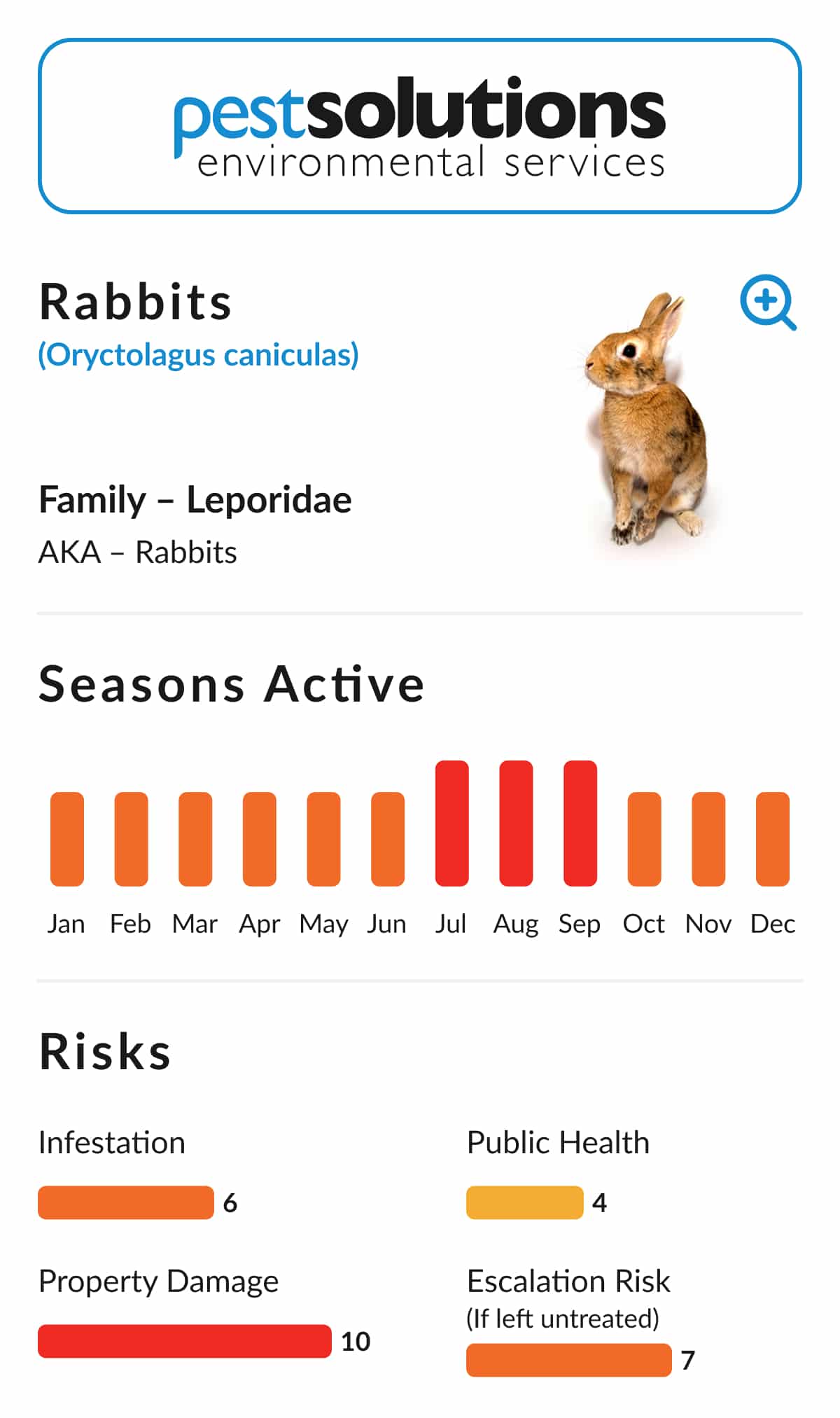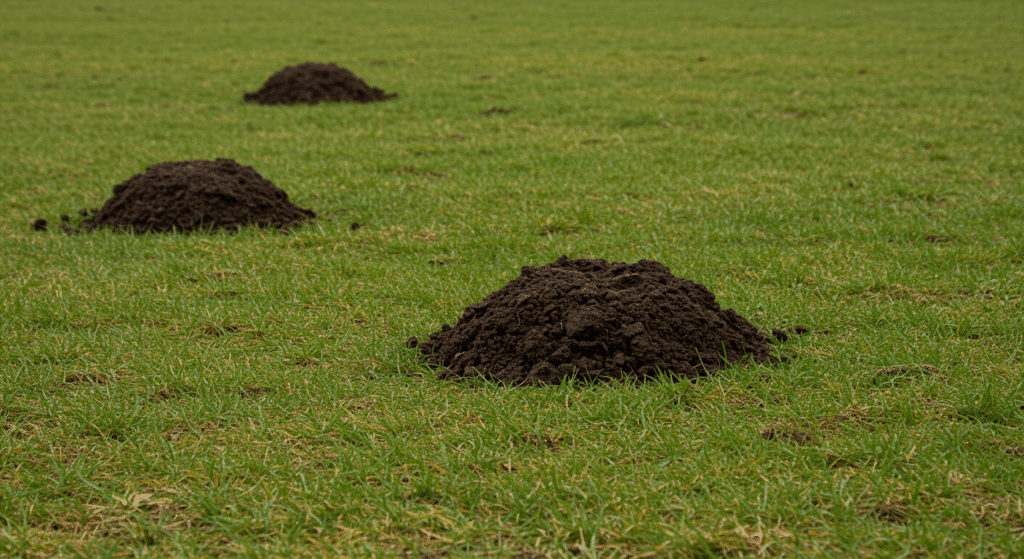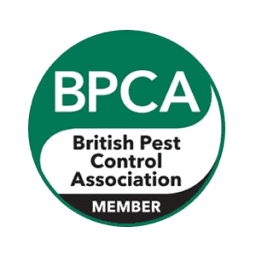The Key Facts About Moles
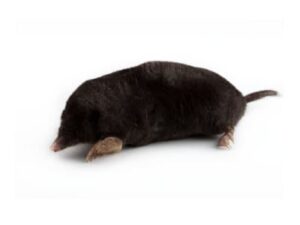
The mole’s fur is also adapted to its subterranean lifestyle. With longer-haired animals, there is a tendency for the fur to naturally lie in one particular direction. Moles, though, need to be able to freely move backwards as well as forwards through their tunnels to quickly reach and eat any worms that may enter. This is why their hair is velvety in texture- it can brush smoothly in any direction. During the early twentieth century, there was even a trend for mole fur coats due to its soft texture.
The mole is very common throughout mainland Scotland but is absent from some offshore islands. Moles are solitary animals by nature since they do not want to go through the effort of digging a tunnel network only to have another mole move in on their territory. They prefer areas where the soil is suitable for tunnelling and tend to be found on permanent grassland or woodland. They can also be found on playing fields, parks, cemeteries, golf courses and private gardens where they are considered a pest.
Mole (Talpa europaea): The Significance of Control
The most significant type of damage caused by mole activity is in agriculture. As they burrow through the ground, the displaced soil needs to go somewhere. The mole will thus fling this soil up towards the surface where it collects in molehills. On lawns this can be a major annoyance, but in grass that is being grown for silage, it can lead to a loss of revenue. When the grass is mixed in with a large amount of soil, it is no longer fit for consumption by animals. Such molehills can also damage agricultural equipment used to harvest the silage. In addition, some moles carry the disease Listeriosis, which can then be passed on to sheep fed on that silage.
Molehills are not just a problem in agricultural areas, either. They can also be extremely unsightly on garden lawns and sporting grounds. The surface will be made uneven, which can lead to injuries of sportspeople and walkers who trip on the uneven ground. They are particularly unwelcome on the expensive turf of golf greens and bowling greens. Molehills can also cause damage to mowing machinery by throwing up stones, and require those mowing the lawn to constantly manoeuvre around these sizeable obstacles.
Mole tunnelling activity can disturb archaeological strata in historically important areas. Also, underground security systems can be interrupted or triggered by mole activity. However, the molehills themselves are useful to humans in that they are frequently the only visible sign of an infestation below the ground. Spotting them early enough and calling in professional pest controllers will limit the damage that this pest species can cause.
Call Pest Solutions to Get Rid of That Pest Today!
Pest Solutions have regional Branches across Scotland, England, Wales and Northern Ireland. Our skilled local specialists are on hand to attend today. Drawing on a vast amount of experience, we can swiftly deal with even the most serious of mole infestations. Call now to get an experienced Pest technician visit and get that Pest problem under control rapidly.
Find your local Pest Solutions branch here. Call 0800 027 2555 today for a FREE survey or to arrange a service technician visit.
